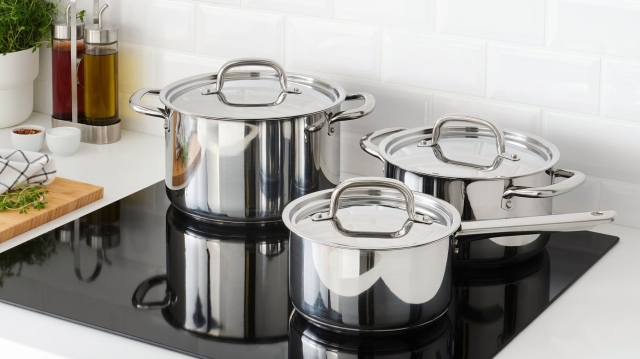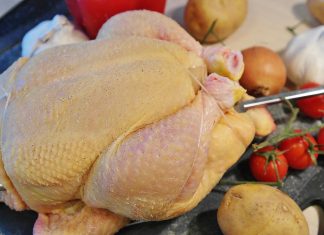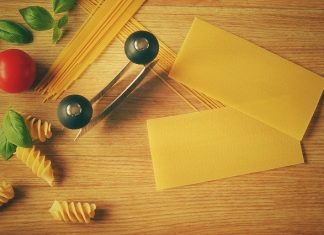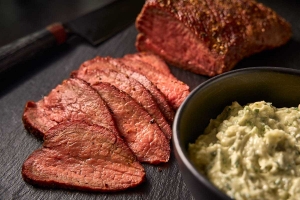Cooking with stainless steel cookware is one of the best ways to prepare meals that are both flavorful and healthy. Unlike nonstick pans, stainless steel doesn't contain a coating that can wear off over time, and it's tough enough to last for years with the right care.
Many professional kitchens rely on stainless steel pots and pans because they handle high heat well, encourage natural browning, and can easily go from stovetop to oven.
In this article, you'll learn how to cook with stainless steel the right way so you can enjoy healthier meals without frustration.
Understand How Stainless Steel Works
Before you start experimenting, it helps to know what makes stainless steel cookware different. Unlike a nonstick surface, stainless steel isn't naturally slick. That's why food sticks if the pan isn't heated correctly or if there isn't enough oil or fat. However, this “stickiness” is also what creates those golden browned bits that form the base for rich pan sauces. With proper temperature control, stainless steel pans let you build layers of flavor that nonstick cookware can't replicate.
Beyond stovetop cooking, stainless steel also shines in slow-cooking methods. A high-quality stainless steel slow cooker can change the way you think about your kitchen by making it easier to prepare healthy, slow-cooked meals with consistent results. For home cooks, it's the perfect complement to stainless steel pans, giving you the option to sear, sauté, and then switch to gentle, all-day cooking without losing flavor or nutrition.
Preheat and Control Temperature Properly
One of the most common mistakes home cooks make with stainless steel pots and pans is skipping the preheating step. Always give your stainless-steel pan a few minutes to warm up before adding cooking oil. Test the pan temperature by sprinkling a few drops of water onto the cooking surface. If they form small beads that glide across the pan, it's ready.
Pair the pan with an oil that has a high smoke point, such as avocado or grapeseed, especially when searing meat or browning and braising foods. This prevents burning and makes cleanup easier. Stainless steel fry pans excel at high-temperature cooking, so preheating correctly ensures even searing without unnecessary sticking.
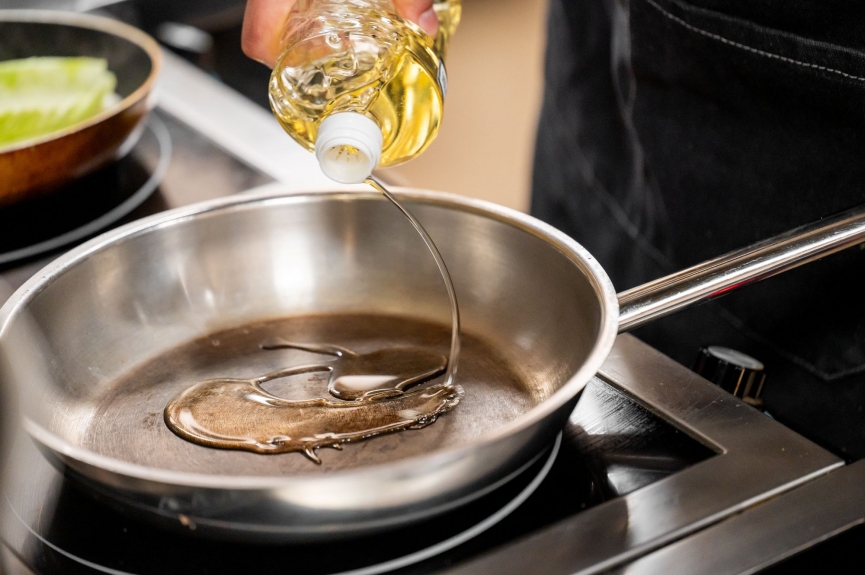
Use the Right Oil and Cooking Techniques
Healthy cooking isn't just about the food you choose. It can also be about the oil you use and how you use it. Stainless steel pans aren't porous materials like cast-iron pans, so they don't absorb oil. That means you should always coat the cooking surface lightly with oil or fat. Oils with a high heat smoke point are best for sautéing vegetables or cooking proteins, while butter works well for finishing dishes or making pan sauces.
Choosing an oil with a high smoke point not only helps with flavor but also creates a healthy cooking environment by avoiding harmful smoke or burnt residues.
Avoid Acidic Ingredients at the Wrong Time
Stainless steel is durable, but acidic ingredients like tomatoes, citrus, or vinegar can sometimes react with the surface if food simmers for too long. This won't harm the pan, but it might affect the flavor. For example, tomato sauce is perfectly fine in stainless steel, but avoid leaving it simmering overnight. If you want to cook lemony braises or pasta recipes with vinegar-based sauces, just avoid long exposure times, and you'll be safe.
Dutch ovens made of stainless steel are especially versatile for these types of recipes since they distribute heat evenly. They're ideal for braises and slow-simmered dishes, giving you steady results while still being easy to clean.
Master Deglazing and Pan Sauces
One of the greatest advantages of cooking with stainless steel pots is the ability to deglaze. When food sticks slightly, it leaves browned bits on the cooking surface. Instead of scrubbing them away, you can transform them into flavorful pan sauces by adding broth, wine, or even a splash of balsamic vinegar.
This technique is what makes stainless steel cookware a favorite in professional kitchens. A simple chicken breast can turn into a restaurant-worthy dish when finished with a quick pan sauce. Deglazing also helps lift food remnants, making the cleaning process easier afterward.
Choose the Right Cookware for Your Kitchen
Not all stainless steel cookware is made the same. Tri-ply pans, for example, include layers of aluminum sandwiched between stainless steel for better heat distribution. This prevents hot spots and makes it easier to control pan temperature. Cookware sets often include everything from a stainless steel fry pan to Dutch ovens and saucepans, giving you flexibility for different recipes.
Stainless steel pots and pans are also compatible with induction cooktops and induction stovetops, making them a solid choice if you use an induction hob at home. Look for options with a stainless steel lid to trap steam when boiling pasta or preparing slow-cooked dishes. The durability means you'll be cooking with stainless steel pots for decades with proper care.
Unlock More Cooking Possibilities
Cooking with stainless steel opens the door to healthier methods like high-temperature searing, steaming, and braising. You can prepare pasta recipes, create complex sauces, or explore slow-cooked dishes without relying on a nonstick surface. Stainless steel cookware expands on it by being lighter, dishwasher safe, and less demanding in maintenance.
Whether you're a beginner or seasoned cook, stainless steel cookware makes it easier to prepare meals that are both nutritious and flavorful.
Key Takeaway
Cooking with stainless steel cookware doesn't have to feel intimidating. With the right temperature control, oils, and cleaning habits, you'll find that stainless steel makes healthy cooking simple and reliable. From creating flavorful pan sauces to preparing pasta recipes and slow-simmered stews, stainless steel pans give you flexibility that nonstick cookware can't.
